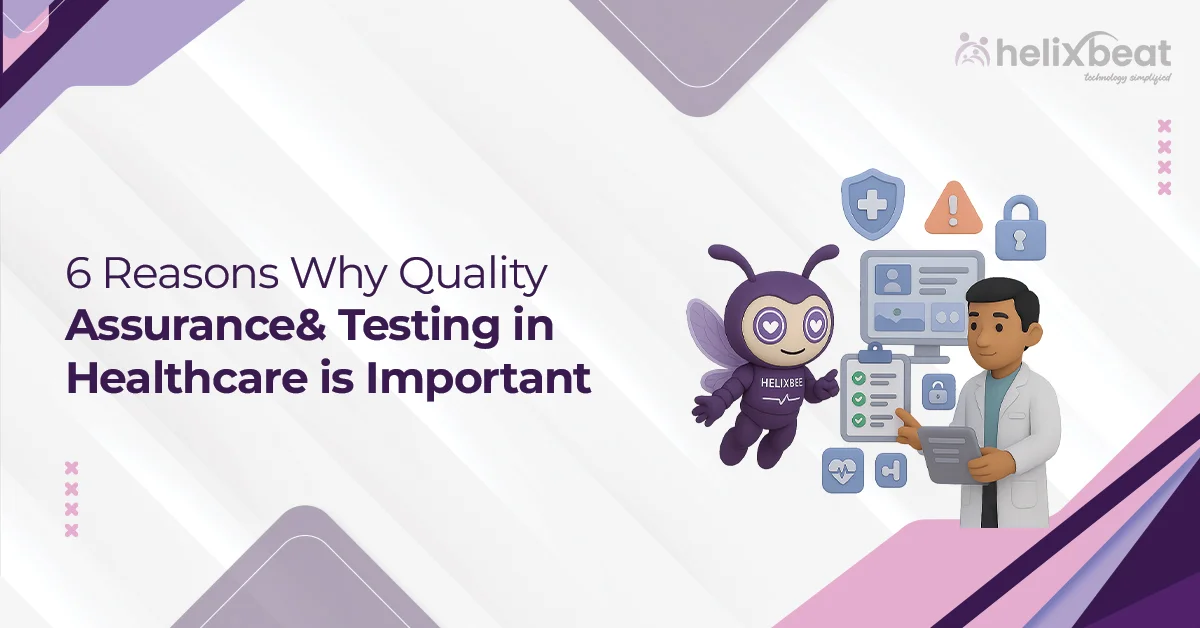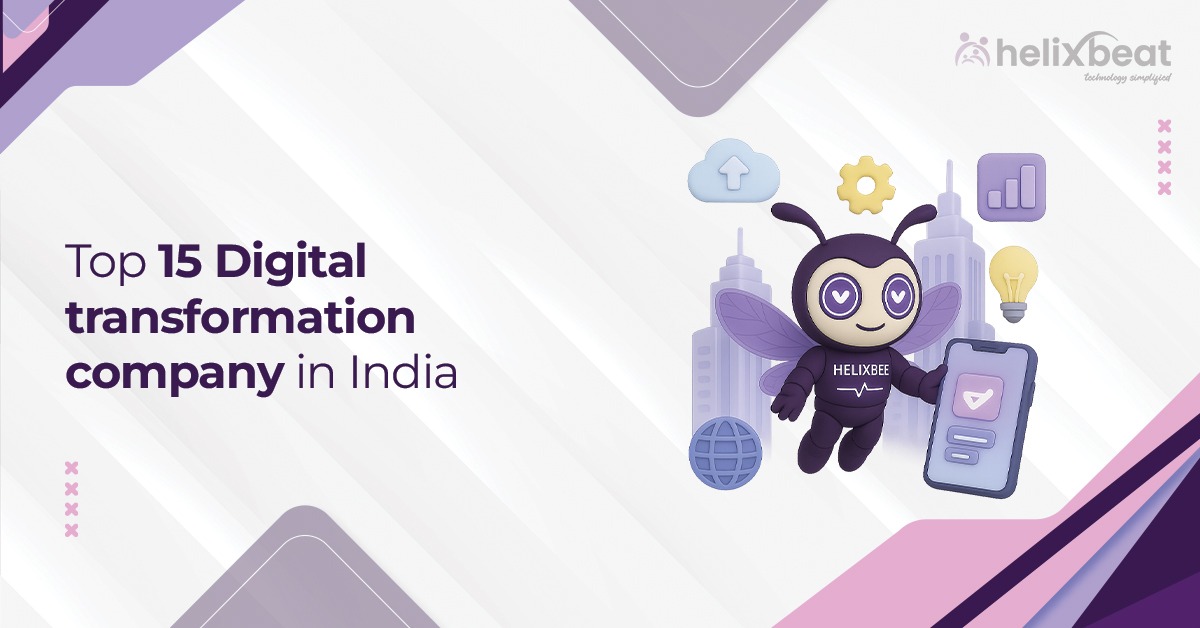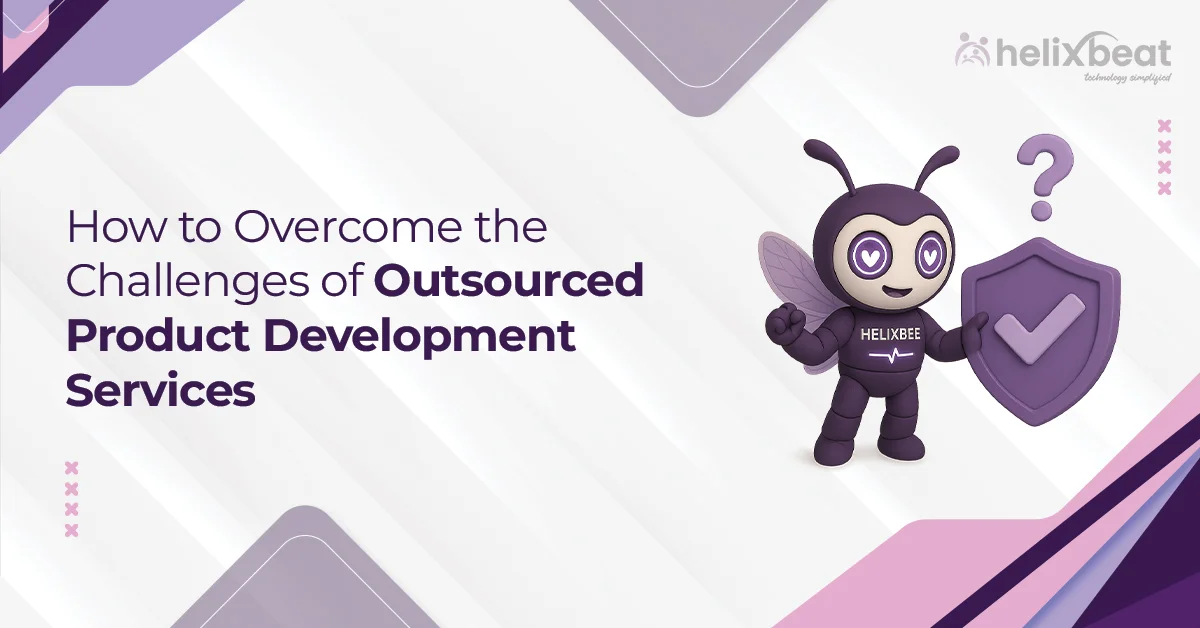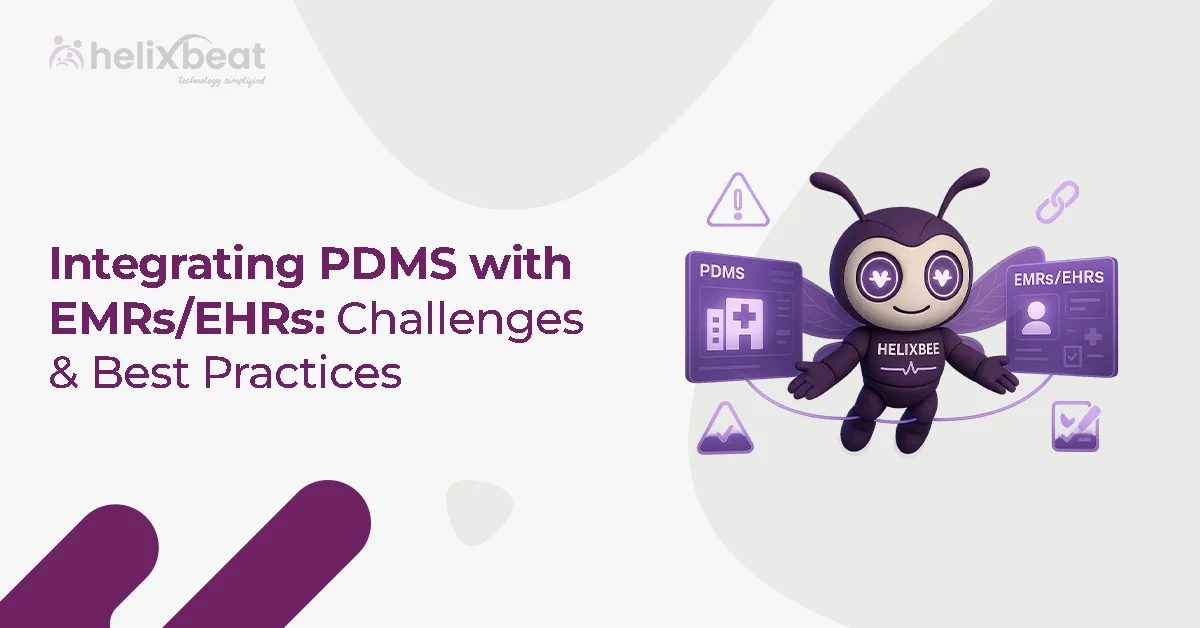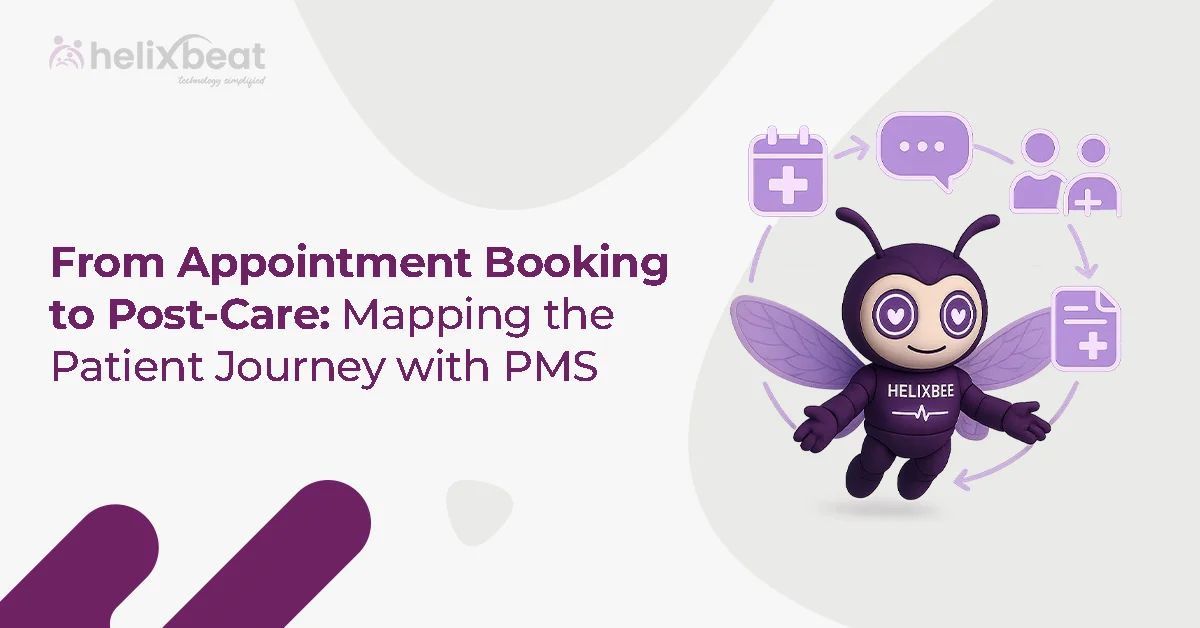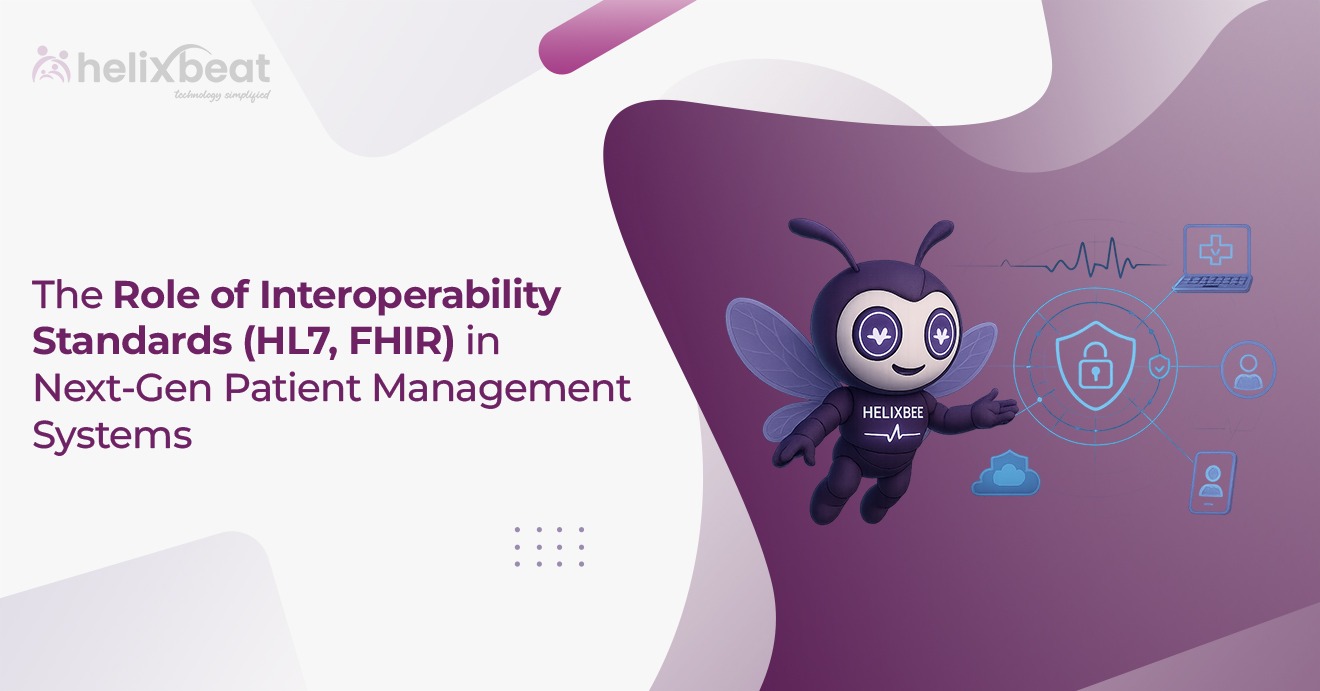One of the most prominent changes in healthcare is the rise of Patient Management Software (PMS). It’s helping doctors, nurses, and healthcare teams connect with patients in new and meaningful ways while also more efficiently handling the behind-the-scenes work. This isn’t just about improving office workflows—it’s about making healthcare more personal, organized, and patient-friendly.
Table of Contents
The Growing Need for Efficient Patient Management
Healthcare has always been a high-stakes, fast-paced field, where managing sensitive patient information, appointments, treatment plans, and other administrative tasks is critical. Yet, traditional methods—relying on paper records, spreadsheets, and countless phone calls—are not only exhausting but also prone to errors. These outdated processes lead to frustrating delays, missed appointments, and, most concerning of all, mistakes in patient care.
As the demand for healthcare services continues to grow, it’s clear that these old systems just can’t keep up. Therefore, healthcare providers needed something better—something that could streamline patient data management, reduce the overwhelming administrative load, and improve the overall accuracy of the information. And that’s where Patient Management Software comes in, offering a solution that promises to revolutionize healthcare operations.

What is Patient Management Software?
Patient Management Software is a comprehensive system designed to handle all aspects of a patient’s journey within a healthcare facility. It typically includes features like appointment scheduling, patient records management, medical history tracking, billing, and communication tools. These systems integrate a wealth of information into a single platform, which allows healthcare providers to offer more personalized, streamlined care while reducing the time spent on administrative tasks.
1. Streamlined Appointment Scheduling
One key benefit of Patient Management Software is streamlining appointment scheduling. In the past, scheduling appointments could be tedious—both for patients and staff. Overbooked calendars, missed calls, and double-booked slots were common frustrations.
Modern PMS systems tackle this issue by offering an online booking interface where patients can schedule appointments based on real-time availability. This reduces the chances of human error and offers patients a convenient, 24/7 option for booking. Additionally, automatic reminders sent to patients decrease the risk of no-shows significantly.
2. Improving Patient Communication
Effective communication between healthcare providers and patients is critical to the success of treatment plans. Therefore, Patient Management Software facilitates timely communication by integrating messaging features, notifications, and alerts.
As a result, the system can notify patients of important updates like appointment confirmations, lab results, and prescription refills. Similarly, PMS can create a centralized hub for patient-doctor communication, which helps patients submit queries and receive responses in real-time. This level of convenience improves patient satisfaction and builds stronger relationships.
3. Centralized and Secure Patient Data
With the implementation of Patient Management Software, all patient information—including medical history, test results, prescriptions, and contact details—can be stored securely in a single, easy-to-access digital location.
Gone are the days of misplaced or hard-to-find patient records. With a robust PMS, healthcare professionals can access patient information with a few clicks, so they have the necessary data at their fingertips when providing care. Moreover, the security features in PMS systems, such as encryption, secure access controls, etc., help protect sensitive patient data from unauthorized access, thus maintaining compliance with HIPAA.
4. Data-Driven Decision Making
PMS systems track patient metrics, such as appointment history, treatment outcomes, payment information, etc. By analyzing this data, healthcare providers can make more informed decisions about patient care.
For example, PMS systems can track treatment progress and highlight any patterns that might require further investigation. They can also identify patients who might need follow-up care or who are at higher risk for certain conditions. This proactive approach allows healthcare providers to offer better care and identify potential issues before they escalate.
5. Enhanced Billing and Payments
The financial side of healthcare is often complicated, with numerous billing codes, insurance claims, and payment processes to navigate. Patient Management Software simplifies this by automating much of the billing process.
Modern PMS solutions integrate with insurance providers to verify patient coverage in real-time, ensuring that billing codes are accurate and claims are submitted efficiently. Additionally, PMS can offer multiple payment methods, including credit cards, digital wallets, and direct bank transfers, making it easier for patients to pay their bills. This streamlined process helps reduce billing disputes and improves revenue cycle management.
6. Personalized Care and Treatment Plans
With a digital platform that tracks patient history, preferences, and treatment progress, doctors can create customized treatment plans that better address individual needs. As a result, providers can build stronger relationships with their patients and improve overall satisfaction with care.
7. Telemedicine Integration
With Patient Management Software, healthcare providers can seamlessly integrate telemedicine into their practice. Patients can schedule virtual appointments, and doctors can access patient records, conduct remote consultations, and prescribe treatments—all through the same platform.
Telemedicine is especially beneficial in areas where access to healthcare is limited.
PULSE: Modernizing Patient Care and Practice Operations
PULSE is an advanced patient management software designed to revolutionize healthcare administration by streamlining operations and enhancing patient care. It combines everything a clinic or hospital needs—appointment scheduling, patient registration, billing, and clinical documentation—into one seamless, easy-to-use platform.
With its intuitive interface, PULSE helps healthcare teams manage patient workflows more efficiently, which reduces time spent on manual processes and administrative tasks. Secure access to electronic medical records (EMR) means doctors and staff can quickly view patient histories, lab results, prescriptions, and treatment plans, all in one place. This not only improves coordination but also speeds up clinical decision-making.
Features like automated appointment reminders help reduce missed visits, while the integrated billing module simplifies invoicing and payment tracking. PULSE also offers real-time dashboards and actionable analytics, giving providers clear insights into operational performance and patient trends.
Whether you’re running a clinic, a diagnostic center, or a multi-specialty hospital, PULSE adapts to your unique workflow. It helps teams work smarter, collaborate better, and deliver consistently high-quality outcomes. More than just software, PULSE is a complete practice management solution designed for modern healthcare environments.
Final Thoughts
Healthcare providers who embrace PMS will not only streamline their operations but also elevate patient satisfaction and care quality. Discover how PULSE, our advanced Patient Management Software, can transform your healthcare practice by improving efficiency and patient care. Contact us today for a free consultation.
FAQs
1. How does Patient Management Software improve appointment scheduling?
PULSE streamlines appointment booking by offering online scheduling based on real-time availability. It reduces errors, prevents overbookings, and sends automatic patient reminders, reducing no-shows.
2. Is patient data secure with Patient Management Software?
Yes, PULSE stores all patient data securely, using advanced security features like encryption, access controls, etc., to protect sensitive information from unauthorized access.
3. How does Patient Management Software simplify billing and payments?
PULSE automates the billing process, integrates with insurance providers, and verifies patient coverage in real time. It also supports multiple payment methods, making it easier for patients to pay and reducing billing disputes.
4. Does Patient Management Software support telemedicine?
Yes, PULSE integrates telemedicine features, allowing healthcare providers to conduct virtual consultations, access patient records, and prescribe treatments remotely.
5. How can I get started with PULSE for my healthcare practice?
Contact Helixbeat today for a free consultation to learn how PULSE can transform your healthcare practice by improving both operational efficiency and patient care.



